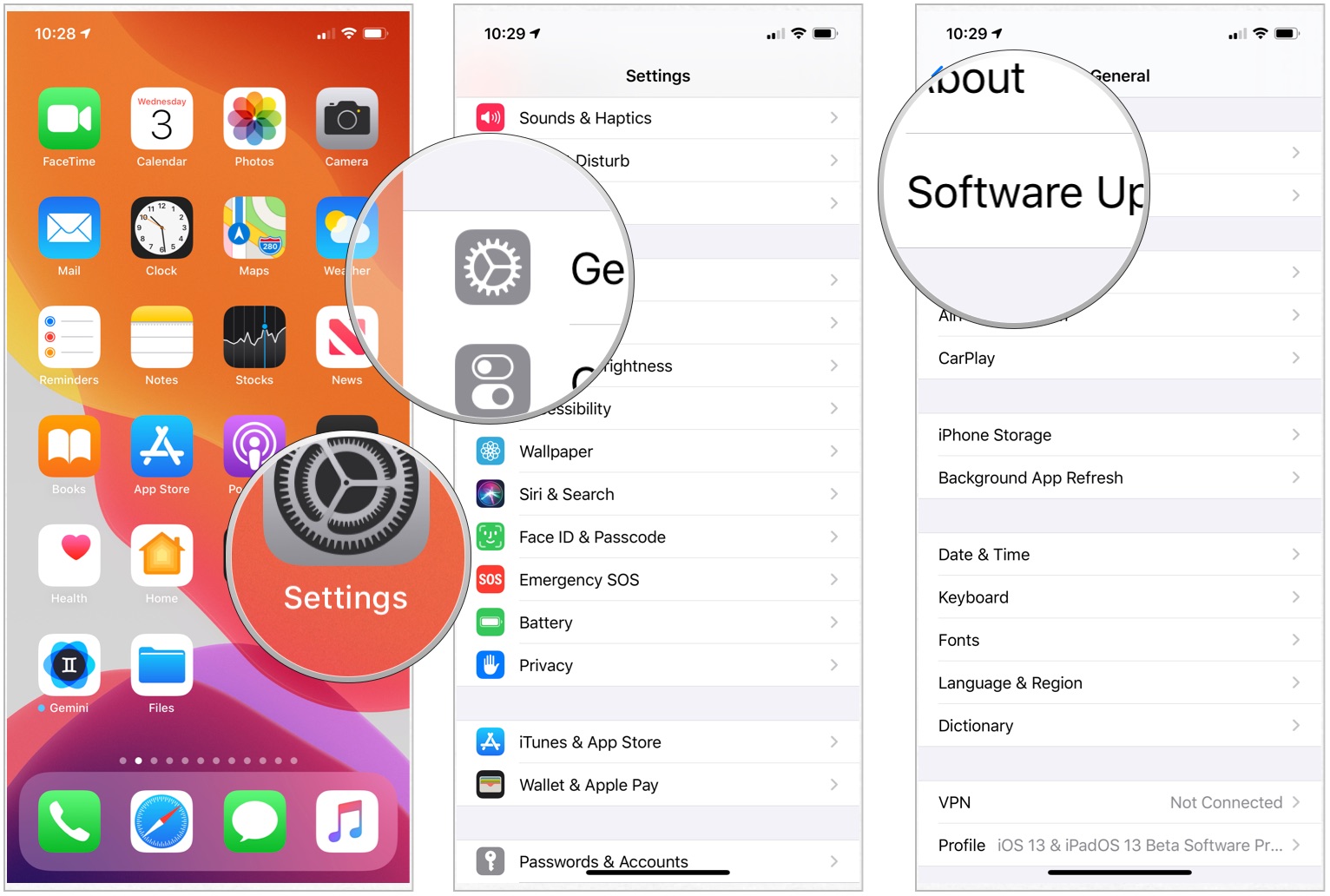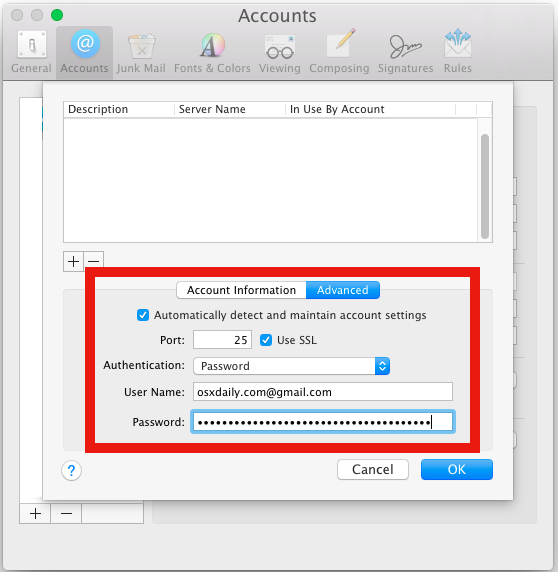
#Apple account settings for outlook 2010 mac#
Check the Drafts Mailbox, Sent Mailbox, Junk Mailbox, and Trash Mailbox and ensure they are set to the option under your email and not On My Mac to make sure those folders will sync items to the server.Select Accounts then choose your email account from the left-hand column.Select Mail in the top left corner followed by Preferences.You will need to do the above for Message Archives as well as Drafts and templates to ensure that the folders within Thunderbird are synced to your IMAP mailbox.Here you can choose the folder and you simply need to make sure that it has your email address in this section. In the account settings menu, choose Copies & Folders and ensure that a tick is in the.Highlight your mailbox and select the View settings for this account option.Click OK to save the settings and you will return to your mailbox. The folder fields will automatically pick up the default folders that are set, but you change them if you wish to.Select the IMAP tab in the pop up window and ensure that you tick the Store special folders on IMAP server which is under the Special Folders section.Right click on the account on the left side of the screen and choose Properties.Click Manage Profiles button and then choose Email Accounts.Under the Advanced tab, ensure that Do not save copies of sent items is not ticked and this will sync your sent items to the server.Choose the More settings option which will appear on the right side of this screen.Highlight your account and select Change from the menu above this.Click the Account settings button and then choose Account Settings again from the drop down menu.


If you access the account settings dialog often, add the Account Settings command to the QAT or ribbon and you'll save a few steps.

As mentioned earlier, it's a menu because Microsoft wanted one button for all of the account settings and Exchange has more options to include. Many users wonder "what is the point of this menu". With only POP3, Outlook Connector, or IMAP accounts in the profile, the menu is smaller. (The additional options on the Exchange account menu is the reason why the button is a menu and not a button that opens the accounts dialog directly.) The Expanded menu blends into the dialog, even when it's the larger Exchange account menu. Notice the tiny arrow on the Account Settings button in the File screen? It indicates the menu expands. The problem is that is easily overlooked because it blends into the page so well, especially when you don't have an Exchange account in your profile. Outlook 2010 adds a bit of confusion for users trying to access Account Settings: you need to go to File, Account Settings and the select the account settings from a flyout menu.


 0 kommentar(er)
0 kommentar(er)
